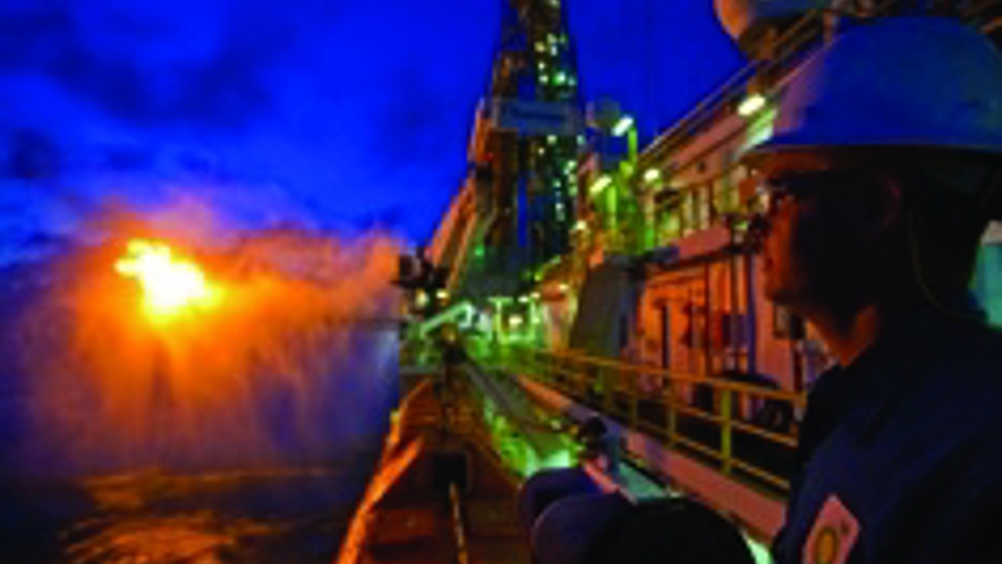BP changes tack on oil spill
BP is preparing a new tactic to contain its leaking well in the Gulf of Mexico following its recent failed attempt to stop the flow of oil.

The failure of its so-called ‘top kill’ measure, which tried to stop the leak by pumping mud into the well, was announced this weekend.
BP is now preparing to lower a containment cap over the well to pipe the leaking oil to a drillship on the surface. This process will involve deploying remotely operated vehicles (ROVs) undersea to cut through the damaged riser at the top of the rig’s failed blow out preventer (BOP). The robots will then position the containment device.
In its company statement, BP admitted the challenges involved with this procedure are numerous.
‘All of these operations, including the cutting of the riser, are complex, involve risks and uncertainties, and have to be carried out by ROVs at 5,000ft under water.’
It also stated that systems such as the containment cap have never before been deployed at these depths and conditions, and their efficiency and ability to contain the oil and gas cannot be assured.
Register now to continue reading
Thanks for visiting The Engineer. You’ve now reached your monthly limit of news stories. Register for free to unlock unlimited access to all of our news coverage, as well as premium content including opinion, in-depth features and special reports.
Benefits of registering
-
In-depth insights and coverage of key emerging trends
-
Unrestricted access to special reports throughout the year
-
Daily technology news delivered straight to your inbox










Water Sector Talent Exodus Could Cripple The Sector
Well let´s do a little experiment. My last (10.4.25) half-yearly water/waste water bill from Severn Trent was £98.29. How much does not-for-profit Dŵr...